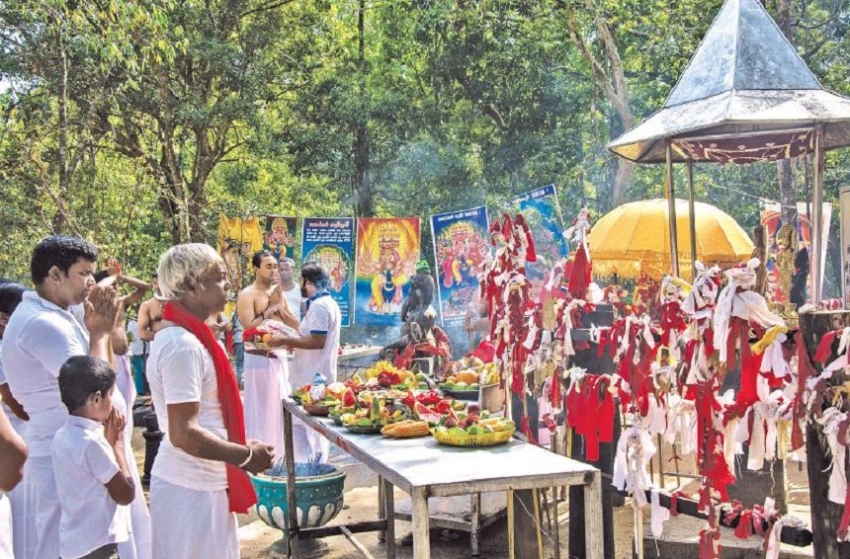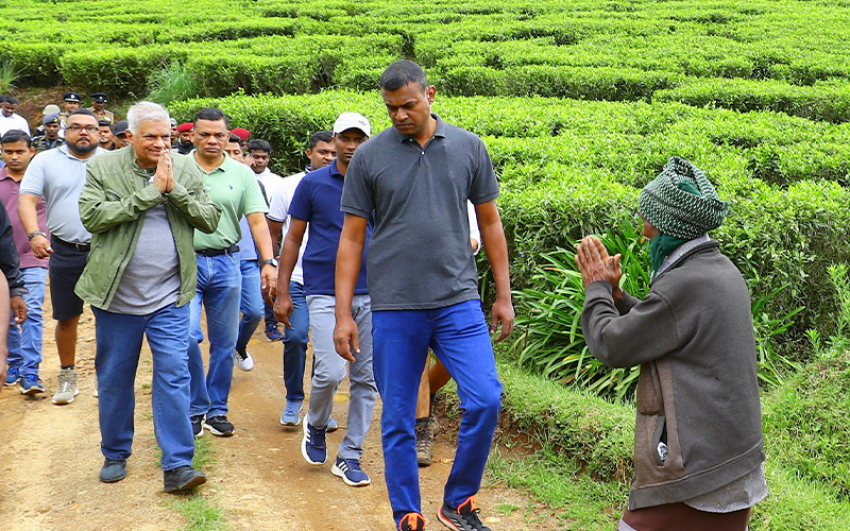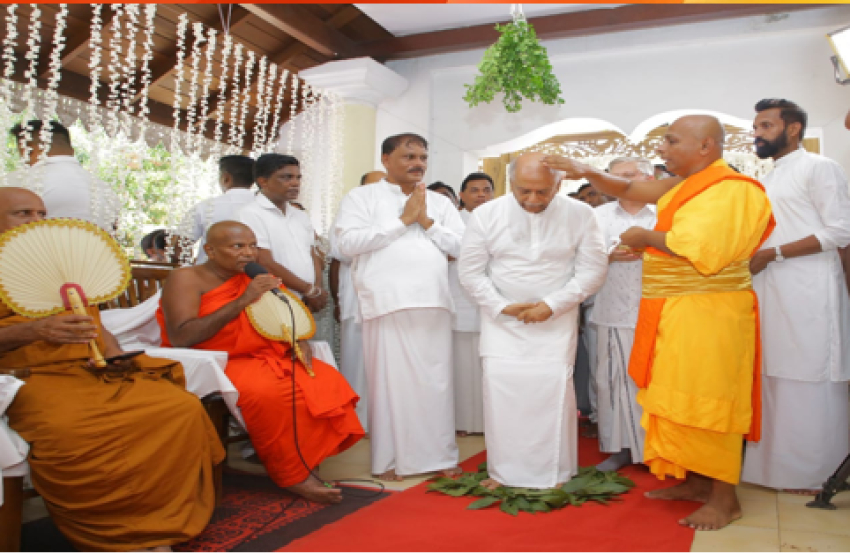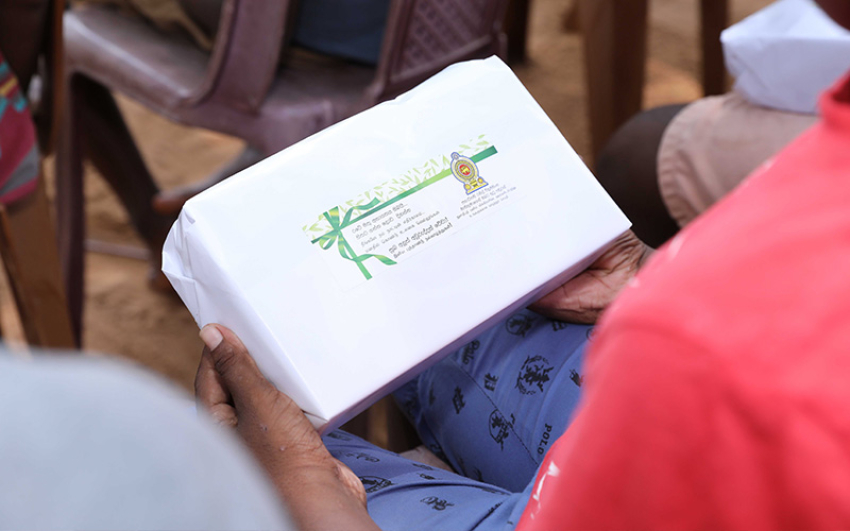It is an arduous pilgrimage to the sacred Tamarind Tree Shrine of Kebilitta that lies in the foliage of Yala Block III near Kumbukkan Oya to seek divine blessings of God SkandaThe Kataragama Esala Festival, set around the historic Ruhunu Kataragama Maha Devalaya in the deep south of Sri Lanka, begins this week with much reverence. An awe-inspiring annual ritual, which has been held for centuries, the festival draws thousands of devotees from various ethnicities who pay reverence to God Kataragama, the deity with six faces and 12 hands, mounted upon a peacock chariot. I thought of taking you today to the Kebilitta jungle shrine of God Skanda or God Kataragama in the middle of the jungle of Yala.
Kebilitta is said to be the spiritual residence of God Skanda, believed to be a site of great divine power. Although the historic shrine of Ruhunu Kataragama Maha Devalaya and the Kiri Vehera dagoba attract thousands of devotees, the belief that the divinity prefers to spend his time at the more tranquil environs of Kebilitta attracts die-hard devotees to this jungle tree shrine.
The endless virgin forest of the Yala National Park spread in front of us under the towering trees as we made a 45 kilometre arduous trek to Kebilitta in a bumpy tractor through a gravel track from Kotiyagala. Being the dry season, we were fortunate to drive on the dried up river beds, crossing sand dunes. The journey to Kebilitta or Maha Siyabalawa Devalaya, the spiritual abode of God Kataragama near the bank of Kumbukkan Oya was a difficult journey. Yet, it is a spiritual journey with the sounds of nature along the dirt track to the jungle site. The trek has not disheartened the devotees who throng, seeking the blessings of God Skanda.
There are two routes, one from Okanda, an entrance of the Kumana East National Park via Kuda Kebilitta. The other route lies through Kotiyagala, often used by pilgrims.
The journey to the tree shrine on both routes is through the rough terrains of Yala and across the Kumbukkan Oya, where a small shrine dedicated to God Skanda and Goddess Pattini stands at the crossing. Traditionally, an oil lamp is lit every time a pilgrim enters the forest invoking a safe journey.
We used the second route, through the Kotiyagala village in the Moneragala district. We had to park the tractor along the riverside and camp under the Kumbuk trees. We set up camp on the right bank, and spent the night under the stars. At 3 am the next morning, we crossed the river with our guide to offer pooja at the shrine, which he said was done in traditional style.
The dense jungle of Yala and chena cultivation stretched into the distance as far as the eye could see. It is almost inaccessibly hidden deep in the Ruhuna jungles where Veddhas worshipped in the dim past and gathered to curse, swear and seek punishment for wrongdoers.
As legend goes when an offence was committed, both, complainant and suspect would come with suitable offerings and lay their grievance at the foot of the jungle ‘Deviyo’ and retire to two rocks nearby. It was the belief that during the night a leopard was sent by the guardian goddess to dispense justice and dispose of the guilty party.
The journey for which preparations are made months before the pilgrimage, is a test of one’s self and beliefs. We have heard many stories of lost pilgrims and elephant attacks on rowdy visitors who behave in unruly manner. However, one does not undertake the pilgrimage to Kebilitta for the fun of it. Many had not been able to reach the Kebilitta shrine on their first try.
Surprisingly, the drive was arduous, vehicles topple and at times winches are used to pull the vehicles as they struggle in the mud. Stories of overflowing rivers and unsuccessful travels are repeated as precautions and pre warnings to the reckless. Abstinence is a must. One has to be a complete vegetarian for at least seven days prior to the journey. Furthermore, one needs to control one’s temper, refrain from using harsh words, lead a life of simplicity and not talk about the forthcoming travel.
Crossing the river and entering the domain of God Skanda, the devotees cleanse themselves with lime and water taking a dawn dip in the Kumbukkan Oya. They then dress modestly in white and proceed to build a makeshift structure, with four branches as cornerstones and a white or red cloth on top. A stove is built using three stones to prepare the Murthan Bath, or an offering of sweet rice.
Seven holes are dug on the bank of the river, representing seven wells. Around each well branches with leaves and oil lamps are planted and turmeric added to each well to purify the water used to cook rice and to wash the fruits for the offering.
Offering of rice, fruits and beverages are prepared on the bank of the river before proceeding to the shrine, lighting the way from the Bodhi tree to the shrine with oil lamps. Prior to the offering to the gods a Buddha pooja is made, and the first and best of the preparations offered to the Buddha, followed by offerings to the Bodhi tree and the chanting of Pirith.
Thereafter, the devotees wearing masks to cover their mouths and noses find their way to the shrine dedicated to God Skanda. The prayers echo through the jungle surrounding the tree shrine amid the sweet smell of fragrance and after prayers the devotees are led to a giant tamarind tree, the home of God Skanda.
The tamarind tree at the shrine is small and looks just like a plant. Yet according to legend the tree had stood on the site for many years but remained the same in size. It is said there was a massive tamarind tree at the shrine, the original home of God Skanda. However, over the years the lighting of oil lamps had taken its toll on the tree and what remains today is a sapling, which had stopped growing after a few years.
After the first tree was destroyed it is said that God Kataragama had chosen a second tamarind tree, which stands tall, alone in a small clearance some distance away from the main shrine.
The place is still called Siyabalawa by the villagers of Kotiyagala-Okkampitiya in the west and Siyabalanduwa-Moneragala in the north. They visit the place even now, trekking through the forest, offering the finest grain after harvesting, and for ceremonies involving curses and vows.
The tree shrine of Kebilitta itself has no constructions. One of the notable features of the site is that there is no permanent Kapurala (official) at the site and devotees themselves have to perform their own rituals. At the back of the tree, the surface of the bark was formed depicting a sketch of God Skanda, a deity with six faces and 12 arms in deep meditation. Even with these difficult conditions, devotees make their way to Kebilitta as it is a journey one must complete at least once in a lifetime. If you prepare yourself in true faith and belief, you can also visit this spiritual and tranquil shrine of Kebilitta.




















